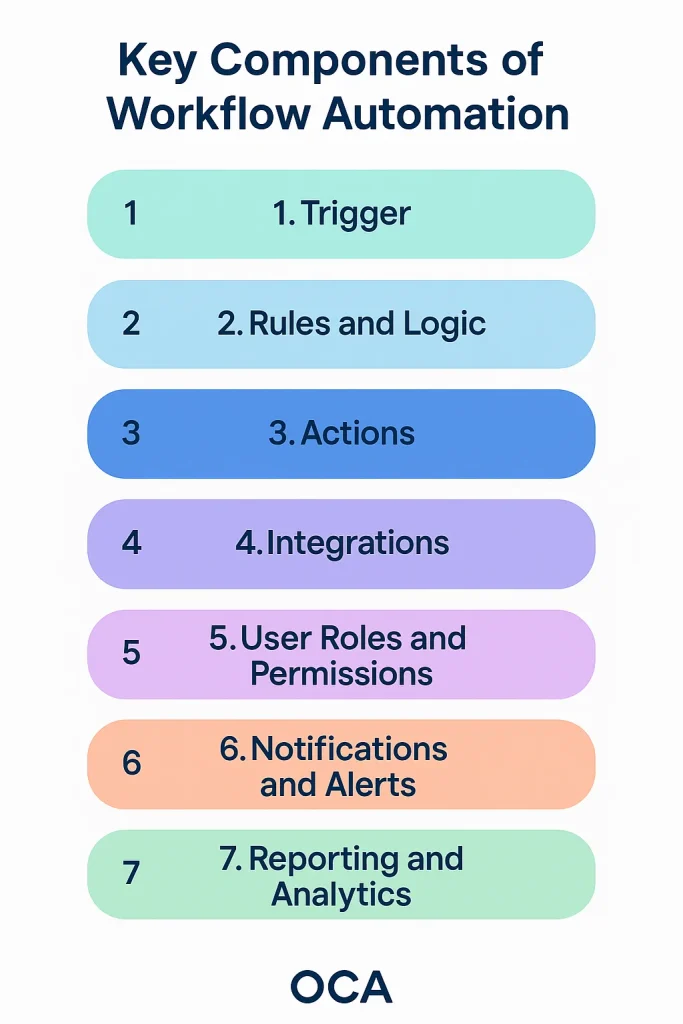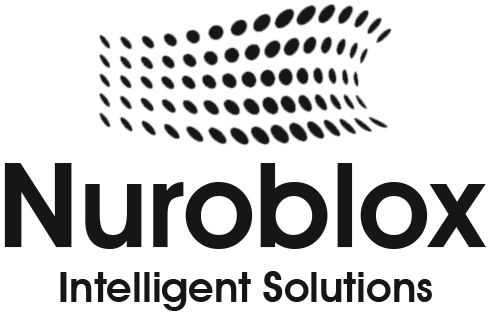What Is Workflow Automation? Benefits, Tools, and Examples
Modern businesses are under constant pressure to move faster, operate smarter, and do more with less. Yet, many teams are still bogged down by repetitive, manual tasks that drain productivity and increase the risk of errors.
Workflow automation offers a powerful solution.
At its core, workflow automation uses software to design, execute, and manage business processes without human intervention. It connects tools, triggers actions, and ensures that tasks flow smoothly from one step to the next, saving time and eliminating inefficiencies.
Whether you’re automating marketing campaigns, employee onboarding, or invoice approvals, the impact is clear: faster processes, better accuracy, and empowered teams.
In this blog, we’ll explore:
- What workflow automation is and how it works
- The key benefits for businesses of all sizes
- Top tools you can use to get started
- Real world examples of automation in action
Let’s explore how workflow automation can become a strategic driver for growth, agility, and innovation.
What Is Workflow Automation?
Workflow automation is the use of technology to streamline and automate repetitive tasks and business processes, without the need for constant human intervention. It allows tasks, data, and documents to automatically move through a series of steps based on predefined rules, triggers, or conditions.
For example, instead of manually sending emails, approving documents, or updating spreadsheets, workflow automation tools can do all of that in real time, saving time, reducing errors, and increasing consistency across teams.
At its core, workflow automation combines three elements:
- Triggers – Events that initiate the process (e.g., form submission, invoice upload)
- Rules – Logic that defines what should happen next
- Actions – The steps taken automatically (e.g., send an email, update a CRM, assign a task)
Whether you’re handling employee onboarding, customer support tickets, or financial approvals, workflow automation can help teams operate faster, smarter, and more efficiently.
Key Components of Workflow Automation

To successfully automate a workflow, it’s important to understand the core components that make it function smoothly. These elements work together to create a seamless, repeatable process that eliminates manual intervention and drives efficiency.
1. Trigger
The trigger is the event that starts the workflow. It can be anything from submitting a form, receiving an email, uploading a document, or reaching a scheduled time.
Example: A new customer form is submitted online, which triggers the onboarding workflow.
2. Rules and Logic
These define how the workflow behaves. They include conditions, decision trees, and branching logic that guide the flow of tasks based on inputs or outcomes.
Example: If a budget request is over $5,000, it routes to a senior manager; otherwise, it goes to the department head.
3. Actions
Actions are the tasks automatically carried out once the trigger and rules are met. These may include sending emails, updating a CRM, assigning tasks, or creating records.
Example: An automated email is sent to the customer, and a task is created for the sales rep.
4. Integrations
To function across departments, workflow automation tools often connect with other software such as CRM, HRIS, ERP, or communication platforms, ensuring data flows smoothly between systems.
Example: When a support ticket is resolved in Zendesk, it updates the customer status in Salesforce automatically.
5. User Roles and Permissions
Automation workflows must respect roles and access levels, ensuring that only the right people can view, approve, or modify specific parts of the process.
Example: Only HR can approve employee onboarding documents, while IT gets access once approval is complete.
6. Notifications and Alerts
Automated reminders, alerts, or status updates ensure that no task is forgotten and stakeholders stay informed throughout the workflow.
Example: A team member is notified when a task is overdue, or a manager is alerted when a document needs approval.
7. Reporting and Analytics
Built in dashboards and logs help track performance, identify bottlenecks, and improve processes over time. Metrics like turnaround time, completion rates, or exceptions are crucial for continuous improvement.
Example: A report shows which step in the invoice approval process consistently causes delays.
Key Benefits of Workflow Automation
Workflow automation isn’t just about reducing manual work, it’s about transforming how your business operates. From increasing efficiency to enhancing employee and customer experiences, here are the top benefits:
- Saves Time: Automating repetitive, rule based tasks frees up valuable employee time. Instead of spending hours on routine activities, teams can focus on strategic, high impact work.
- Reduces Operational Costs: By minimizing manual labor and human error, businesses can significantly cut down on labor and correction costs. Automation also reduces the need for paperwork and redundant software tools.
- Improves Accuracy and Consistency: Manual processes are prone to mistakes. Workflow automation ensures that tasks are completed the same way every time, reducing the risk of errors and compliance issues.
- Boosts Productivity: With automation handling routine steps, workflows move faster and teams stay on track. Delays caused by bottlenecks, miscommunication, or forgotten tasks are eliminated.
- Enhances Visibility and Control: Most automation platforms offer dashboards and real time tracking, helping managers monitor progress, identify inefficiencies, and make data driven decisions.
- Empowers Employees: Automation reduces burnout by removing repetitive work. It also provides clear task assignments and streamlined collaboration, improving morale and job satisfaction.
- Improves Customer Experience: Faster response times, accurate information, and consistent service lead to happier customers. Whether it’s order fulfillment or support ticket resolution, automation speeds up the process.
Top Workflow Automation Tools (2025)
1. NuroBlox
NuroBlox is an AI-first business automation platform that combines robotic process automation (RPA), intelligent virtual agents, and no-code workflow orchestration in a single secure ecosystem. Built with scalability, privacy, and enterprise-grade control at its core, NuroBlox is ideal for organizations looking to move beyond task automation and embrace intelligent, end-to-end process transformation.
Its modular architecture empowers both business users and IT teams to rapidly automate complex workflows across departments without compromising compliance or data integrity.
Key Features:
- No-code drag and drop interface for building intelligent workflows
- AI agents for cognitive tasks and decision-based automation
- Human-in-the-loop task management with SLA tracking
- Secure cloud or on-prem deployment options
- Prebuilt automation assets available via NuroStore
- Built-in data privacy, access control, and full audit trails
Best For: Enterprises and mid-sized organizations seeking intelligent automation at scale—especially across functions like operations, IT, customer support, and compliance-heavy industries.
2. UiPath
UiPath is one of the leading names in robotic process automation (RPA), offering a comprehensive platform for automating repetitive tasks and complex business workflows. It’s widely adopted across industries due to its ease of use, scalability, and strong AI/ML integration.
Key Features:
- Low code drag and drop interface
- Unattended and attended bots
- Advanced computer vision and document understanding
- Integration with cloud platforms like Azure, AWS, and Google Cloud
- Strong community and enterprise support
Best For: Large enterprises and businesses with complex automation needs across departments like finance, HR, and customer service.
3. Automation Anywhere
Automation Anywhere provides an intelligent automation platform that blends RPA with AI and machine learning to enable smarter decision making. It is known for its intuitive design, cloud native architecture, and enterprise grade security.
Key Features:
- Cloud native RPA platform (Automation 360)
- Intelligent document processing (IQ Bot)
- Real time analytics and bot performance tracking
- Role based access control and governance
- Built in bot store for reusable components
Best For: Organizations seeking scalable, cloud first RPA with AI integration and compliance ready automation.
4. Blue Prism
Blue Prism is a pioneer in enterprise grade RPA and intelligent automation. Its digital workforce is built for complex, rule based processes and offers robust security and control features, making it ideal for regulated industries.
Key Features:
- Scalable digital workforce
- Strong governance and security controls
- Intelligent automation with AI/ML capabilities
- Integration with enterprise applications and legacy systems
- Extensive partner ecosystem
Best For: Financial services, healthcare, and government sectors that require secure, auditable, and scalable automation.
5. Pega
Pega offers a powerful intelligent automation platform that combines workflow automation with case management, decisioning, and AI. It’s best known for serving large enterprises with complex end to end business processes.
Key Features:
- Unified low code platform for workflow, decisioning, and AI
- Real time decision engine
- Strong case management capabilities
- Scalable for enterprise environments
- Integration with legacy systems and modern APIs
Best For: Enterprises in industries like banking, telecom, and insurance needing high volume, rules based process automation with AI driven decisioning.
6. Zapier
Zapier is one of the most accessible workflow automation tools, allowing users to connect thousands of apps without writing any code. It’s ideal for automating everyday tasks for marketing, sales, and operations teams.
Key Features:
- Supports 6,000+ app integrations
- Easy to use visual workflow builder
- Multi step Zaps and conditional logic
- Built in scheduling and filters
- No code automation for individuals and teams
Best For: Startups, solopreneurs, and small businesses looking to automate simple workflows quickly and affordably.
7. Make (formerly Integromat)
Make is a visual automation platform known for its flexibility and powerful data manipulation features. It allows users to build complex workflows with intricate logic, branching, and error handling.
Key Features:
- Drag and drop scenario builder
- Advanced functions and custom logic
- Support for HTTP, webhooks, and APIs
- Real time execution monitoring
- Affordable plans with robust capabilities
Best For:
Tech savvy teams and developers needing more control over automation logic and integrations beyond basic Zapier flows.
8. Microsoft Power Automate
Part of the Microsoft Power Platform, Power Automate integrates deeply with Microsoft 365, Dynamics 365, and Azure. It offers powerful automation capabilities for both business users and IT teams.
Key Features:
- Integration with Microsoft and third party apps
- RPA for desktop automation (formerly WinAutomation)
- AI Builder for document processing and predictions
- Enterprise grade security and compliance
- Process mining and insights with Power BI
Best For: Organizations already using Microsoft ecosystems who want scalable, secure automation tightly integrated with their existing tools.
9. Workato
Workato is a robust, enterprise grade integration and automation platform that connects apps, data, and workflows with AI enhanced logic. It bridges IT and business users through its low code/no code interface and powerful backend capabilities.
Key Features:
- 1,000+ pre built connectors
- AI/ML powered decision making
- Built in data transformation tools
- Enterprise grade governance and scalability
- Automation across apps, data, APIs, and databases
Best For: Mid to large enterprises needing scalable, cross system automation with advanced integration capabilities.
3 Real World Examples of Workflow Automation
Workflow automation is already transforming how businesses across industries operate. Here are three practical examples that show how automation improves efficiency, accuracy, and scalability in everyday operations:
Employee Onboarding (HR Department)
Problem: Manual onboarding involved too many steps sending offer letters, setting up accounts, collecting documents, assigning training, and more, often leading to delays and inconsistencies.
Solution:
Workflow automation was used to create an onboarding process triggered by a signed offer letter. Once triggered:
- IT receives an automatic task to create system logins
- HR is notified to schedule orientation
- The new employee gets a welcome email with links to complete forms and upload documents
- Reminders are sent if steps are incomplete
Result: Faster onboarding, fewer errors, and a consistent employee experience across departments.
Invoice Processing (Finance Department)
Problem: Teams spent hours manually reviewing, approving, and entering invoices into accounting systems, causing delays and increasing the risk of missed payments or duplicates.
Solution:
An automated workflow was set up to:
- Extract invoice data using OCR (Optical Character Recognition)
- Match invoices with purchase orders
- Route them to the appropriate approver based on amount or department
- Automatically record approved invoices in the accounting system
Result: 70% reduction in processing time and improved compliance with payment terms.
Lead Nurturing in Marketing
Problem: Marketing teams were overwhelmed managing lead follow ups and keeping CRM systems up to date. Leads often fell through the cracks.
Solution:
Using a marketing automation tool, a workflow was designed to:
- Automatically score new leads based on behavior (e.g., email clicks, form submissions)
- Assign high potential leads to sales reps instantly
- Send personalized follow up emails based on interest level or buyer stage
- Notify marketing managers when leads need re engagement
Result: Increased lead conversion rates and tighter alignment between sales and marketing teams.
These real world use cases show that workflow automation isn’t just a buzzword it’s a practical strategy that drives measurable business value.
The Future of Workflow Automation
Workflow automation is evolving rapidly from simple task automation to intelligent, end to end business orchestration. Here’s what the future holds:
1. Rise of Hyper Automation
Businesses will automate entire processes using AI, RPA, and analytics, creating smarter, adaptive systems that continuously improve.
2. Smarter, AI Powered Workflows
AI will help workflows make real time decisions, detect inefficiencies, and optimize outcomes without human intervention.
3. Seamless Integration
Automation tools will integrate effortlessly across cloud platforms and departments, breaking down data and process silos.
4. Democratization via No Code Tools
No code/low code platforms will empower non technical users to create and manage workflows, speeding up innovation.
5. Built In Governance and Compliance
Future platforms will offer stronger security, audit trails, and compliance features to meet growing regulatory needs.
Workflow automation will become smarter, more accessible, and essential for businesses to stay competitive and agile.
Conclusion
Workflow automation is transforming how businesses operate by eliminating manual tasks, reducing errors, and increasing productivity across departments. From streamlining employee onboarding to optimizing invoice processing and lead management, automation empowers teams to focus on higher value work.
With a wide range of tools from user-friendly platforms like Zapier and Make to enterprise grade solutions like UiPath and Microsoft Power Automate, organizations of all sizes can find the right fit for their needs.
As automation technology continues to evolve with AI and hyper automation, adopting workflow automation is no longer optional; it’s a strategic move for long term efficiency, agility, and growth.


